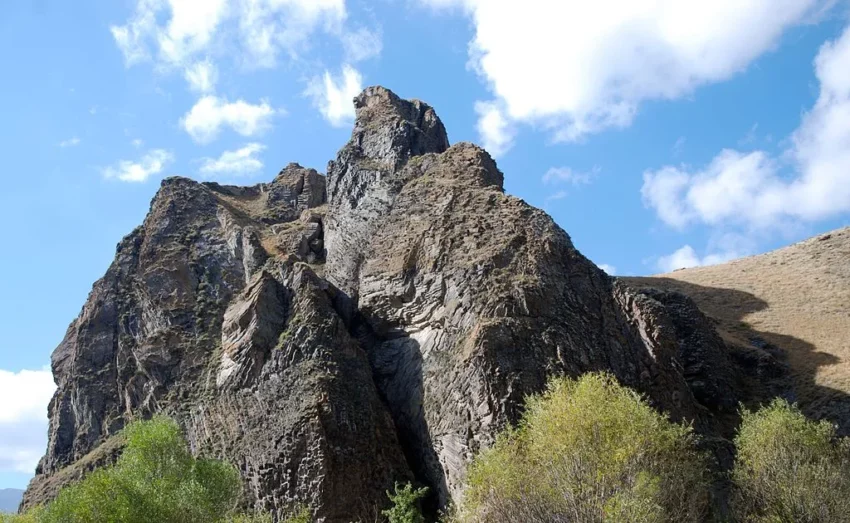Vorotnaberd: A Fortress of Historical Significance
Vorotnaberd, a medieval fortress in Armenia, stands as a testament to the region’s rich history. Located in the Syunik Province, this fortress has witnessed numerous historical events and played a crucial role in the defense of the area.
Get your dose of History via Email
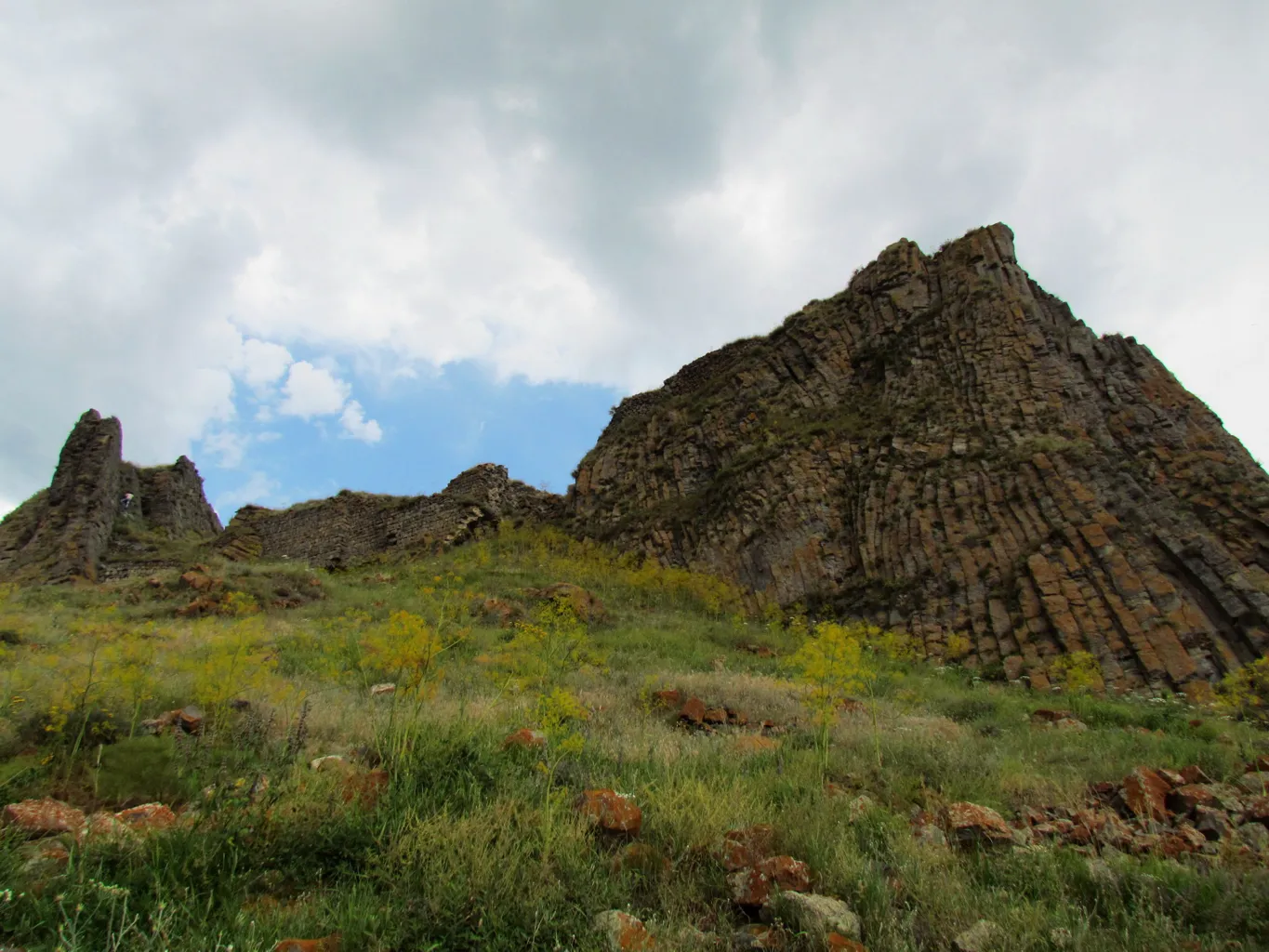
Historical Background
Vorotnaberd dates back to the 7th century AD. The fortress was built during the reign of the Armenian Kingdom. It served as a strategic military stronghold due to its location on a high plateau. The fortress provided a vantage point over the Vorotan River Gorge, making it difficult for invaders to approach unnoticed.
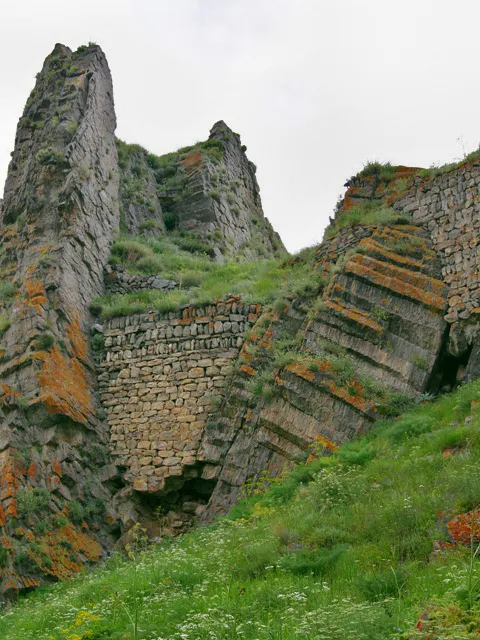
Architectural Features
The fortress’s architecture reflects the typical medieval Armenian style. Builders used large basalt stones to construct the walls, which are several meters thick. The fortress includes a main gate, defensive walls, and several towers. These features were designed to withstand sieges and attacks.

Strategic Importance
Vorotnaberd’s location made it a key defensive site. The fortress controlled the main routes connecting different parts of the kingdom. This control allowed the rulers to monitor and manage trade and military movements. The fortress also served as a refuge for the local population during times of conflict.
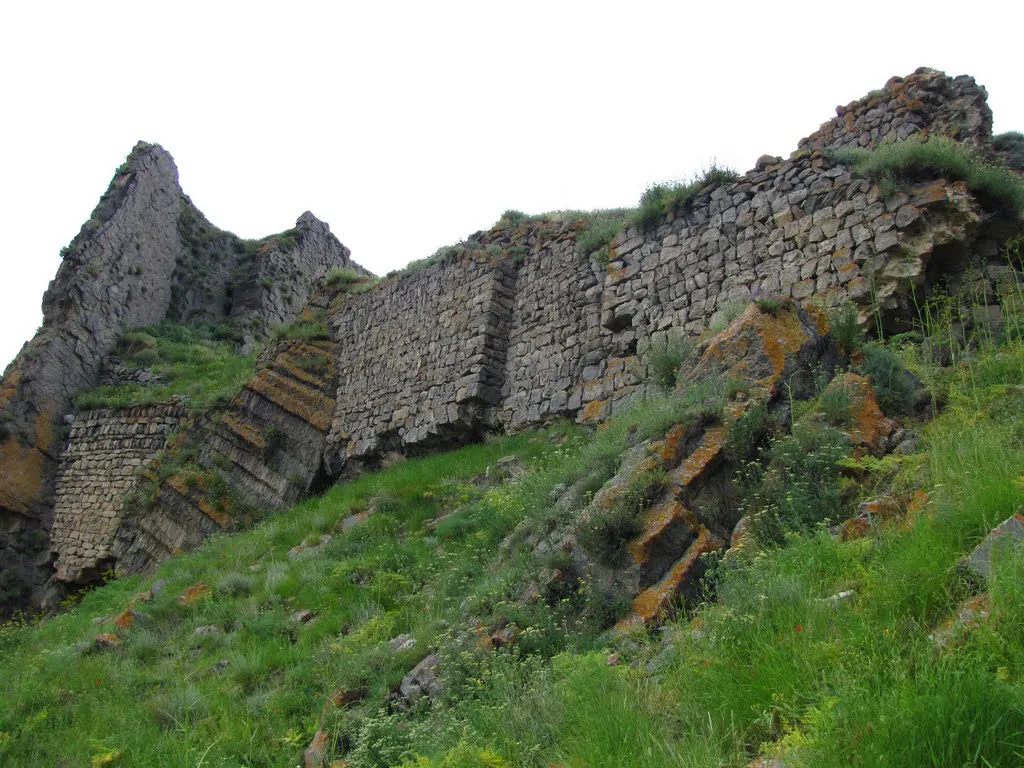
Historical Events
Vorotnaberd has been the site of several significant historical events. In the 10th century AD, the fortress came under the control of the Syunik princes. They used it as a base to resist Arab invasions. In the 13th century AD, the Mongols attacked and captured the fortress. Despite this, it remained an important military site for the local rulers.
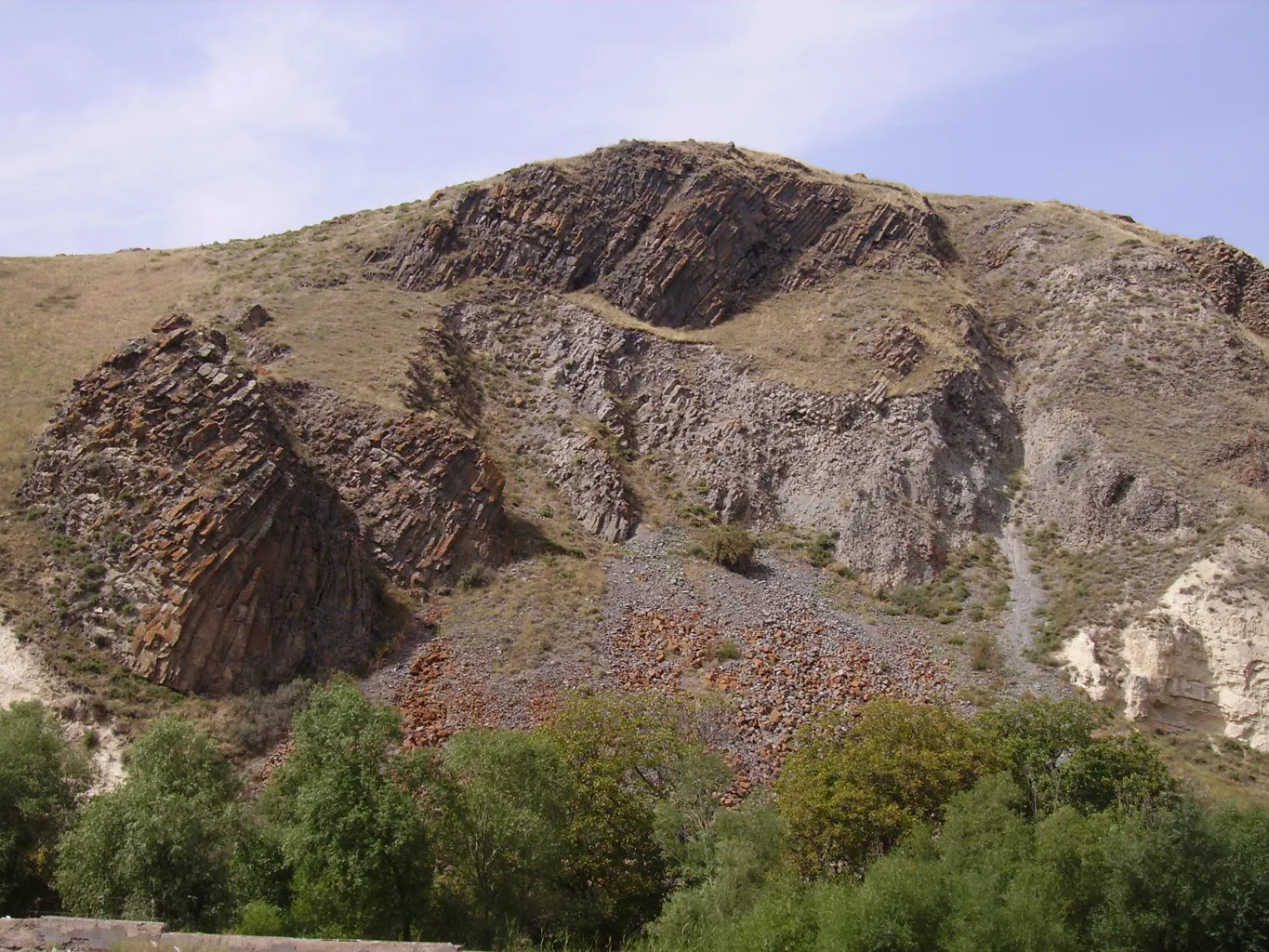
Archaeological Findings
Archaeological excavations at Vorotnaberd have uncovered various artifacts. These include pottery, tools, and weapons. These findings provide insights into the daily life and military practices of the fortress’s inhabitants. The artifacts also help historians understand the trade and cultural exchanges that took place in the region.
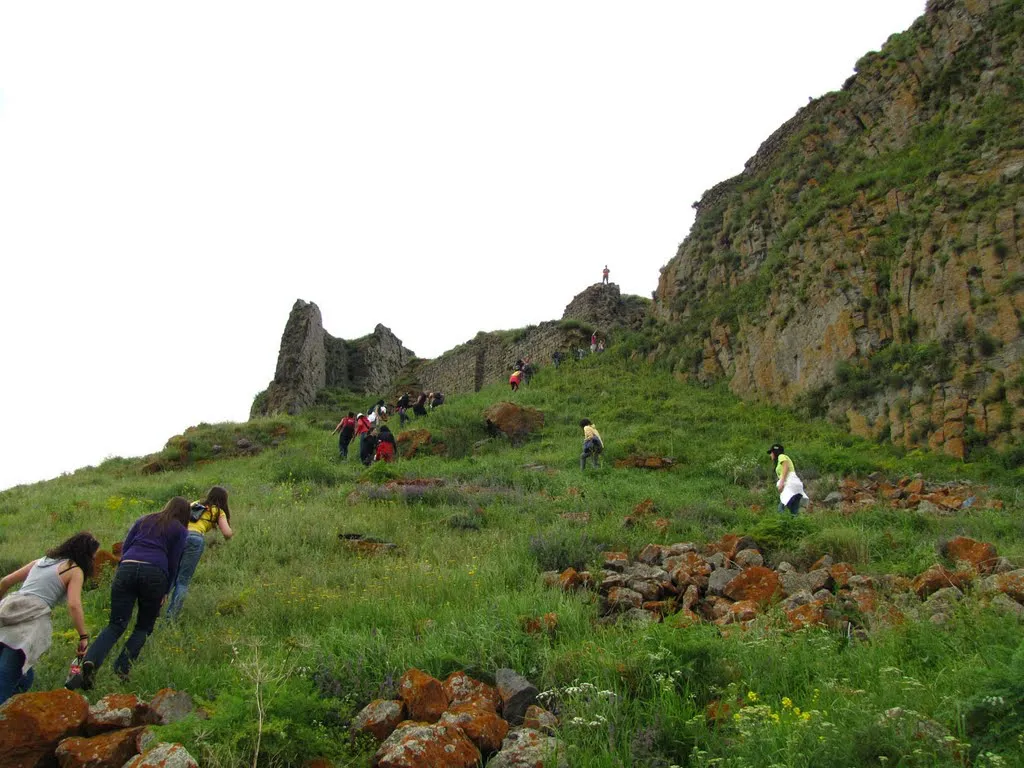
Preservation Efforts
Efforts to preserve Vorotnaberd have been ongoing. The Armenian government and various organizations have worked to maintain the site. These efforts include restoring damaged sections of the fortress and protecting it from further decay. Preservation ensures that future generations can study and appreciate this historical site.

Conclusion
Vorotnaberd remains a significant historical and archaeological site. Its strategic location, architectural features, and historical events make it an important subject of study. Ongoing preservation efforts will help maintain this fortress for future research and education.
Sources:

